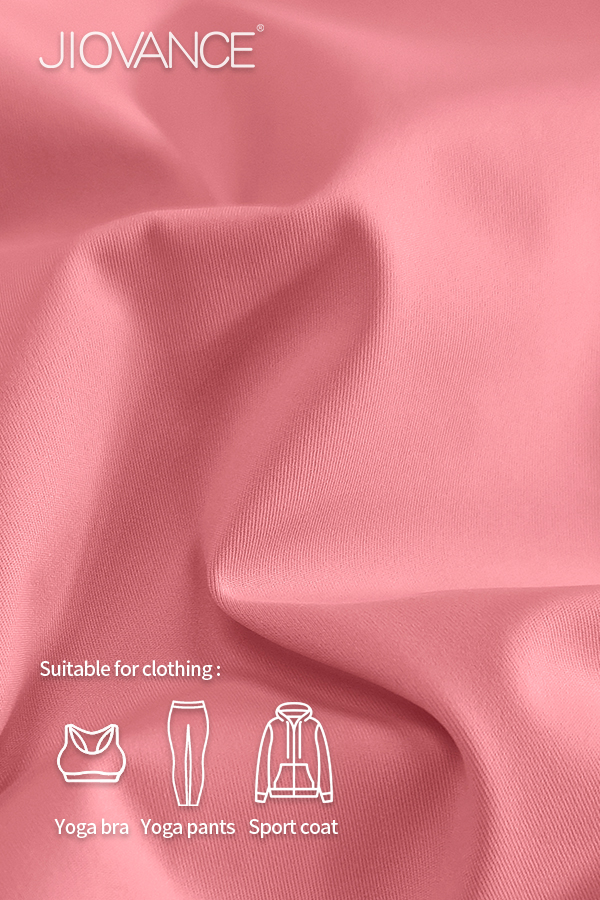soft lycra fabric, known for its stretchability and comfort, has gained significant popularity in the textile industry. This article aims to analyze and comment on the various aspects of soft lycra fabric, including its composition, benefits, and sustainable practices.
The Composition and Benefits of Soft Lycra Fabric
Soft lycra fabric is primarily composed of a blend of nylon and spandex fibers. The inclusion of spandex provides exceptional elasticity to the fabric while maintaining its softness. This unique combination allows for a comfortable fit that adapts to body movements without compromising durability.
In addition to its remarkable stretchability, soft lycra fabric offers several other benefits. Its moisture-wicking properties make it ideal for activewear as it helps keep the body dry during physical activities. Moreover, this fabric is resistant to wrinkles and shrinkage, ensuring long-lasting wear even after multiple washes.
The Role of Nylon Lycra Blend Fabric
nylon lycra blend fabric plays a crucial role in enhancing the performance characteristics of soft lycra fabric. By incorporating nylon fibers into the blend, manufacturers can achieve increased strength and durability without sacrificing flexibility or comfort.
This blend also contributes to the overall sustainability aspect by reducing waste generation through improved product longevity. With nylon’s inherent resistance to abrasion and tear, garments made from this blend tend to have an extended lifespan compared to traditional fabrics.
JIOVANCE: Pioneering Sustainable Practices with Soft Lycra Fabric

JIOVANCE is one brand that stands out in implementing sustainable practices within their production processes using soft lycra fabric. They prioritize eco-friendly materials sourcing by opting for recycled nylon fibers instead of virgin ones. This reduces the environmental impact associated with nylon production and promotes a circular economy.
Furthermore, JIOVANCE ensures responsible manufacturing practices by minimizing water usage, energy consumption, and waste generation throughout their production chain. By adopting these sustainable measures, they not only contribute to reducing their carbon footprint but also set an example for other industry players to follow.
Conclusion
In conclusion, soft lycra fabric offers unparalleled comfort and versatility due to its unique composition of nylon and spandex fibers. Its moisture-wicking properties, wrinkle resistance, and durability make it a preferred choice in various applications such as activewear and everyday clothing.
Moreover, when combined with sustainable practices like those exemplified by JIOVANCE’s use of recycled materials and responsible manufacturing processes, soft lycra fabric becomes even more appealing from an environmental standpoint. As consumers become increasingly conscious about sustainability, the demand for eco-friendly fabrics like soft lycra is expected to rise further in the future.

